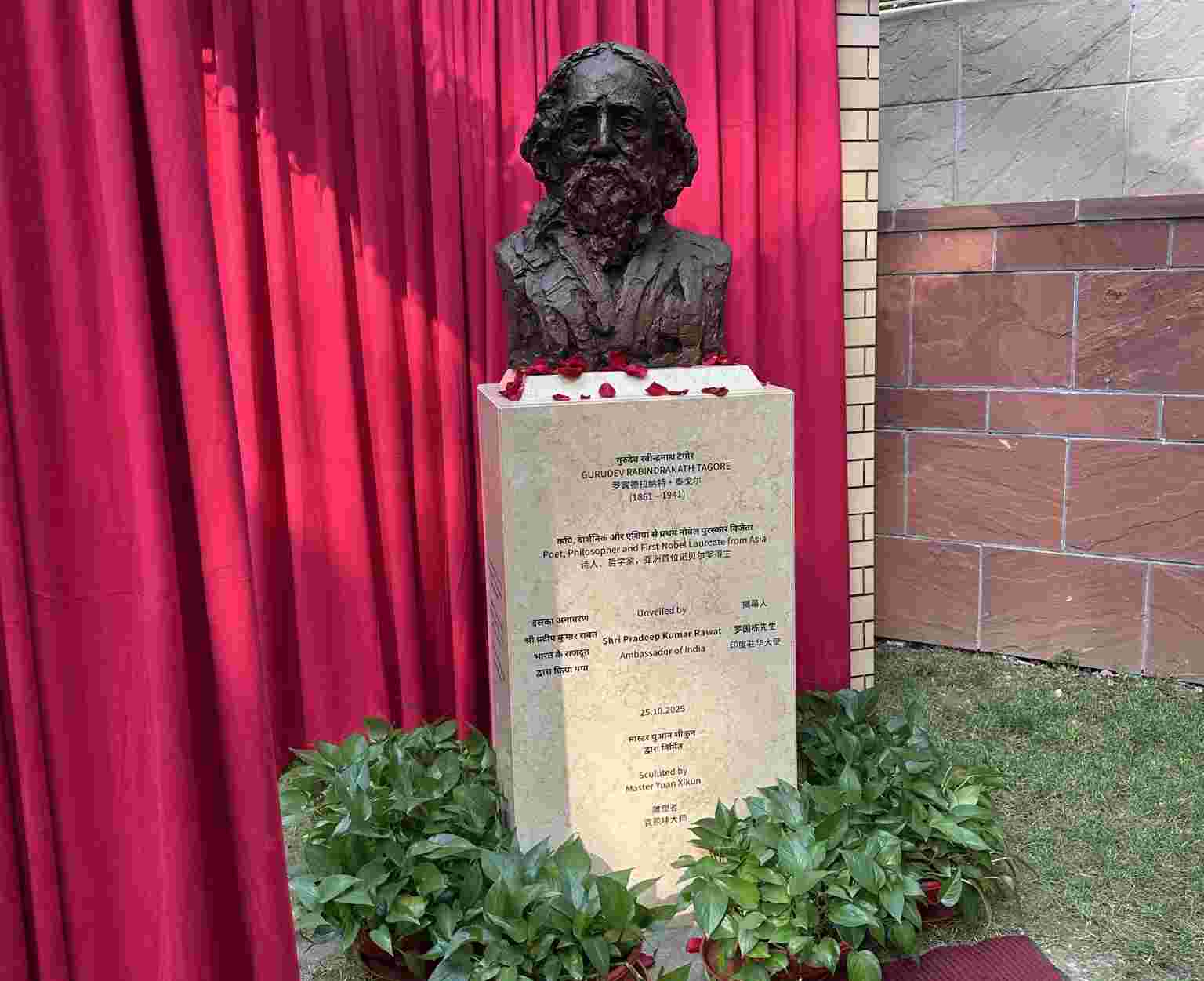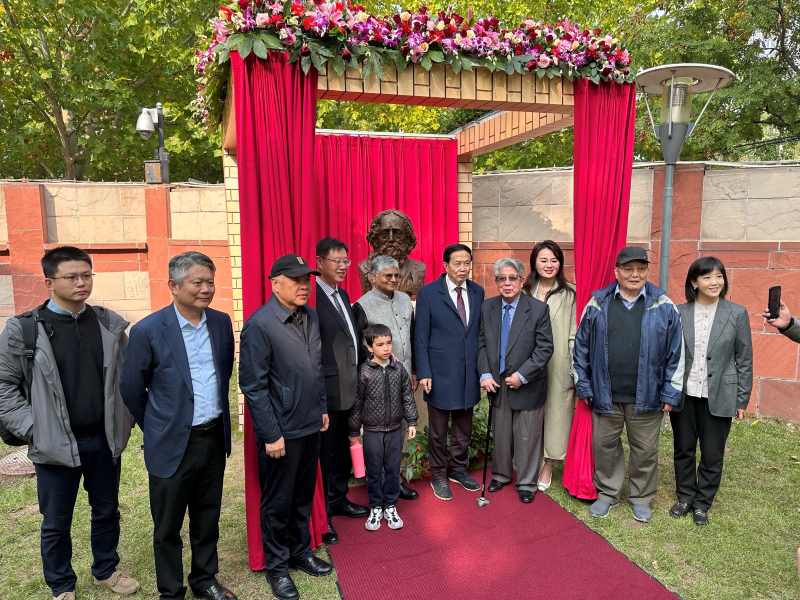Rabindranath Tagore’s bust unveiled at Indian Embassy in Beijing
Related Articles
वेंडिंग मशीन से निकला घर जैसा खाना – फ़ूड ATM मशीन ‘दालचीनी’ की सक्सेस स्टोरी !
Paytm की पूर्व कर्मचारी ने एक साधारण सोच को 250 करोड़ की कंपनी में बदला, कभी वेंडिंग मशीन का मतलब था चिप्स, चॉकलेट और...
Uttarakhand Paithani Rahu Temple: जहां दर्शन मात्र से राहु दोष और जीवन की सभी कठिनाइयां दूर हो जाती हैं
उत्तराखंड को सिर्फ प्राकृतिक सुंदरता के लिए ही नहीं, बल्कि इसके पौराणिक और धार्मिक महत्व के लिए भी “देवभूमि” कहा जाता है। यहां एक...
सीतामढ़ी में HIV संक्रमण का बढ़ता खतरा: 7,400 मरीज दर्ज, हर महीने मिल रहे 40–60 नए केस
सीतामढ़ी जिले में HIV संक्रमण लगातार बढ़ता जा रहा है। जिला अस्पताल के ART सेंटर की ताज़ा रिपोर्ट के मुताबिक, अब तक करीब 7,400...



